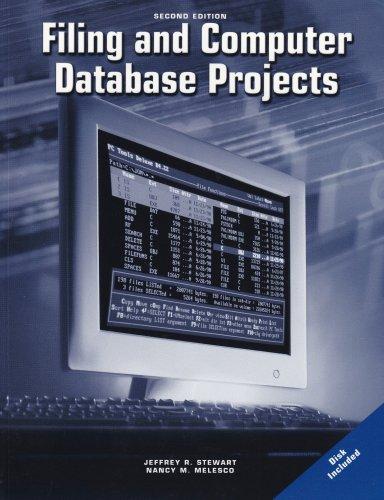Question
Can you pleas fix the what the comments ask below using Matlab thank you, Write the total momentum of the system using one expression, i.e.,
Can you pleas fix the what the comments ask below using Matlab
thank you,
Write the total momentum of the system using one expression, i.e., combine your expressions. Likewise, write the total energy of the system using one expression, i.e., combine your expressions. We are using 1, 2, and 3 to label the carts, so you should use a different system to label the collisions, e.g., a, b, c, etc.
clear % clear command clc %-----------------------------Explanation---------------------------------- %Cart 1and 3 are going oppsite directions on the fourth collison, %Even tho cart 2 was going the same direction as cart1 it is still slower %than cart 1, which means that both carts wont colid after %we have a total of 4 colides, cart 1 and 2 had a negative dirction at the %fourth collison, %cart3 is going postive direction while cart2 is behind cart1 atslowerspeed %so it will not collide. %------------------------------givens-------------------------------------- v = [30, 15, -45]; % initial velocity cm/s - array m = [240, 120, 360]; % mass grams - array te = sum(.5*m.*v.^2); % g*cm^2/s^2 or energy in Joules tp = sum(m .* v); % momentum g*cm/s %------------------------calculations first collision---------------------- mt = m(2) + m(3); v21 = (m(2) - m(3))/mt*v(2) + 2*m(3)/mt*v(3); % cart2 final velocity of afterfirst collision v31 = 2*m(2)/mt*v(2) + (m(3)-m(2))/mt*v(3); % cart3 final velocity afterfirst collision c1 = [v(1), v21, v31] % first collision velocitiesin cm/s %----------------------------check first collision------------------------- te1 = sum(.5*m.*c1.^2); %first collision energy tp1 = sum(m .* c1); % first collision momentum ed1 = te1 - te %first collision energy difference=0 pd1 = tp1 - tp %first collision momentum difference=0 %------------------------------calculations second collision-------------- mt = m(1) + m(2); % Over ride v22 = 2*m(1)/mt*v(1) + (m(2)-m(1))/mt*c1(2); % cart2 second collision final velocity v12 = (m(1) - m(2))/mt*v(1) + 2*m(2)/mt*c1(2); % cart1 second collision final velocity c2 = [v12, v22, c1(3)] %second collision velocities cm/s %-----------------------------------check second calculation--------------- te2 = sum(.5*m.*c2.^2); %second collision energy tp2 = sum(m .* c2); % second collision momentum ed2 = te2 - te % second collision energy difference=0 pd2 = tp2 - tp % second collisionmomentum difference=0 %-------------------calculations third collision--------------------------- mt = m(2) + m(3); % over ride v33 = 2*m(2)/mt*c2(2) + (m(3)-m(2))/mt*c2(3); %cart3 third collision final velocity v23 = (m(2) - m(3))/mt*c2(2) + 2*m(3)/mt*c2(3);%cart2 third collision final velocity c3 = [c2(1), v23, v33] % third collision velocitie cm/s check
te3 = sum(.5*m.*c3.^2); %third collision energy later tp3 = sum(m .* c3); % third collision energy later ed3 = te3 - te % After third collision - energy difference=0 pd3 = tp3 - tp % After third collision - momentum difference=0 %--------------------------------calculations fourth collision------------- mt = m(1) + m(2); % Over ride v24 = 2*m(1)/mt*c3(1) + (m(2)-m(1))/mt*c3(2); % cart2 fourth collision - final velocity v14 = (m(1) - m(2))/mt*c3(1) + 2*m(2)/mt*c3(2); %cart1 afterfourth collision - final velocity c4 = [v14, v24, c3(3)] % fourth collision in cm/s - velocities %--------------------------check fourth calculation------------------------ te4 = sum(.5*m.*c4.^2); %Fourth collision - energy tp4 = sum(m .* c4); % Fourth collision - momentum ed4 = te4 - te % Fourth collision energy difference=0 pd4 = tp4 - tp % fourth collision momentum difference=0
Step by Step Solution
There are 3 Steps involved in it
Step: 1

Get Instant Access to Expert-Tailored Solutions
See step-by-step solutions with expert insights and AI powered tools for academic success
Step: 2

Step: 3

Ace Your Homework with AI
Get the answers you need in no time with our AI-driven, step-by-step assistance
Get Started


